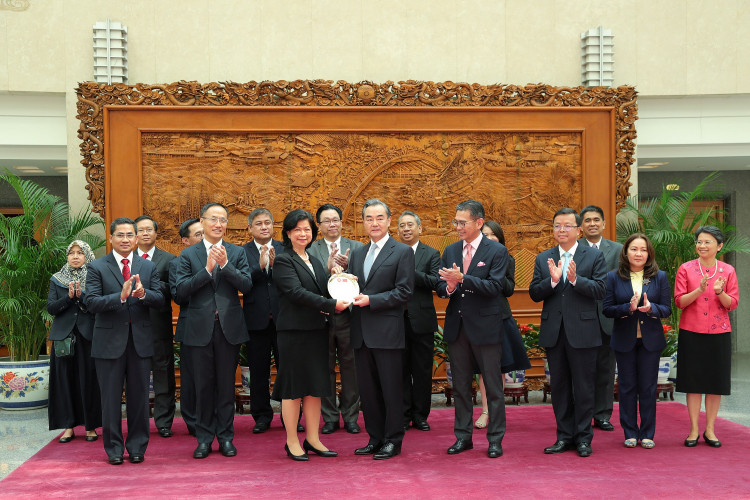Southeast Asia could hit $5 million growth mark by doubling their gross domestic product in the next ten years. When this happens, the region will bring in as much as 5 percent of the worldwide economic growth.
Diaan-Yi Lin, a senior partner at McKinsey & Company told Bloomberg that there are two categories of economies in the Southeast Asian region.
First is the group which comprised Cambodia, Laos, Myanmar, Vietnam that have all posted 5 percent growth in their GDPs in the last 20 years through 2016. Malaysia, Thailand, Singapore and Indonesia, the second group, that have all consistently sustained a 3.5 percent increase over 50 years from 1965.
The major drivers of growth in these economies according to Lin are the domestic savings and direct investments from foreign entities.
Another unique mechanism in the region is the healthy competition among companies earning more than $500 million in revenue. Lin explained that about two-thirds of these companies alternately become the region's number one, indicating that the market is not being monopolized and financial opportunities are equally distributed among organizations.
A separate report from Bloomberg stated that KKR & Company is planning more and bigger investments in Southeast Asia. The global investment firm, which manages multiple alternative assets and equities, believed that the Southeast Asian countries are the winners in the ongoing China-US trade war.
Henry Kravis, the firm's co-founder, said the trade conflict has opened investment opportunities in Southeast Asia, particularly in the countries comprising the Association of Southeast Asian Nations or ASEAN.
Kravis explained that the intuitive reaction from companies that are affected by rounds of retaliatory tariffs from the world's two largest economies is to diversify in Southeast Asia. Affected companies may now be thinking about shifting their supply chains or setting up outlets and plants in the region.
For China's Alibaba and Tencent, they both recognized the market potential of the region as a significant push towards taking their financial services on a global scale. Specifically, both Chinese tech giants which are in competition against each other saw the growing population of Southeast Asian workers based in Hong Kong. The demographics - of which Reuters estimated to be 600 million people without bank accounts - is a viable market for remittance services provided by both Alibaba and Tencent.
Lin, however, warned that Southeast Asian economies should overcome three big hurdles that could impede their growth.
Countries in the region should design their school curriculums with an important focus on STEM education. Aging workers should also be willing to undergo re-skilling programs to keep them updated to innovations. The nations should also invest in more quality infrastructure like transportation, power grids, dams, and ports.






